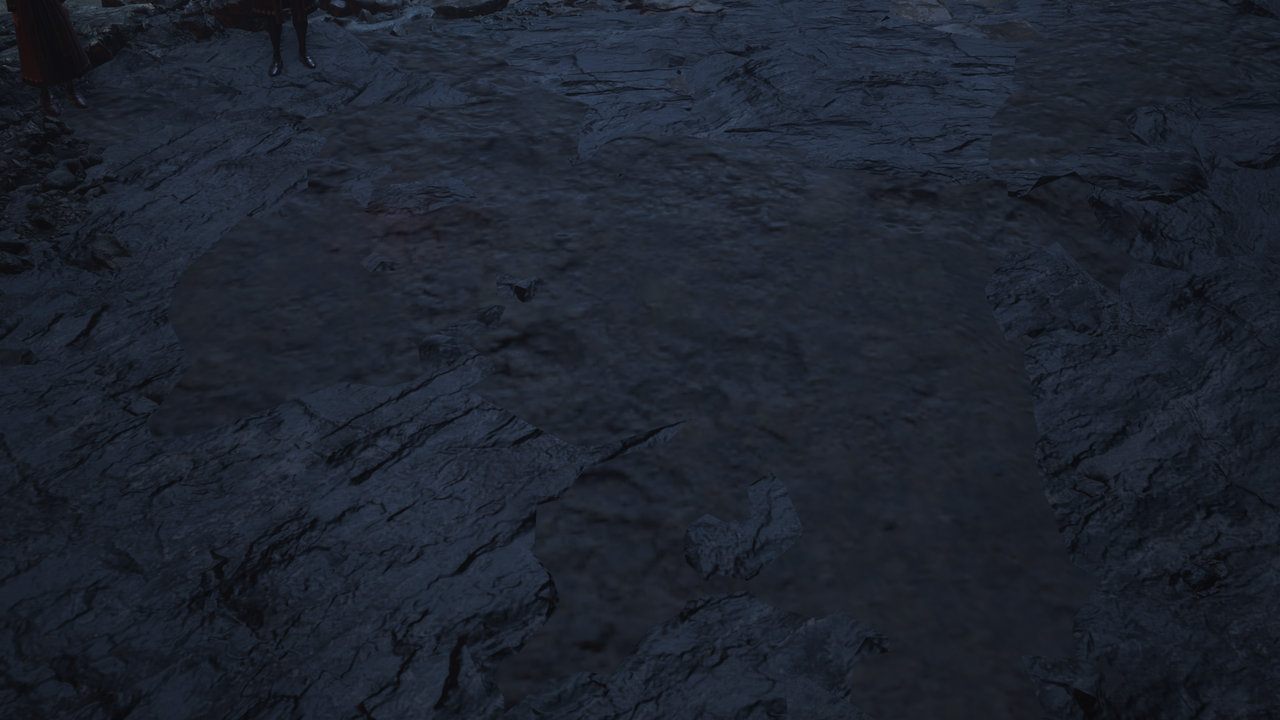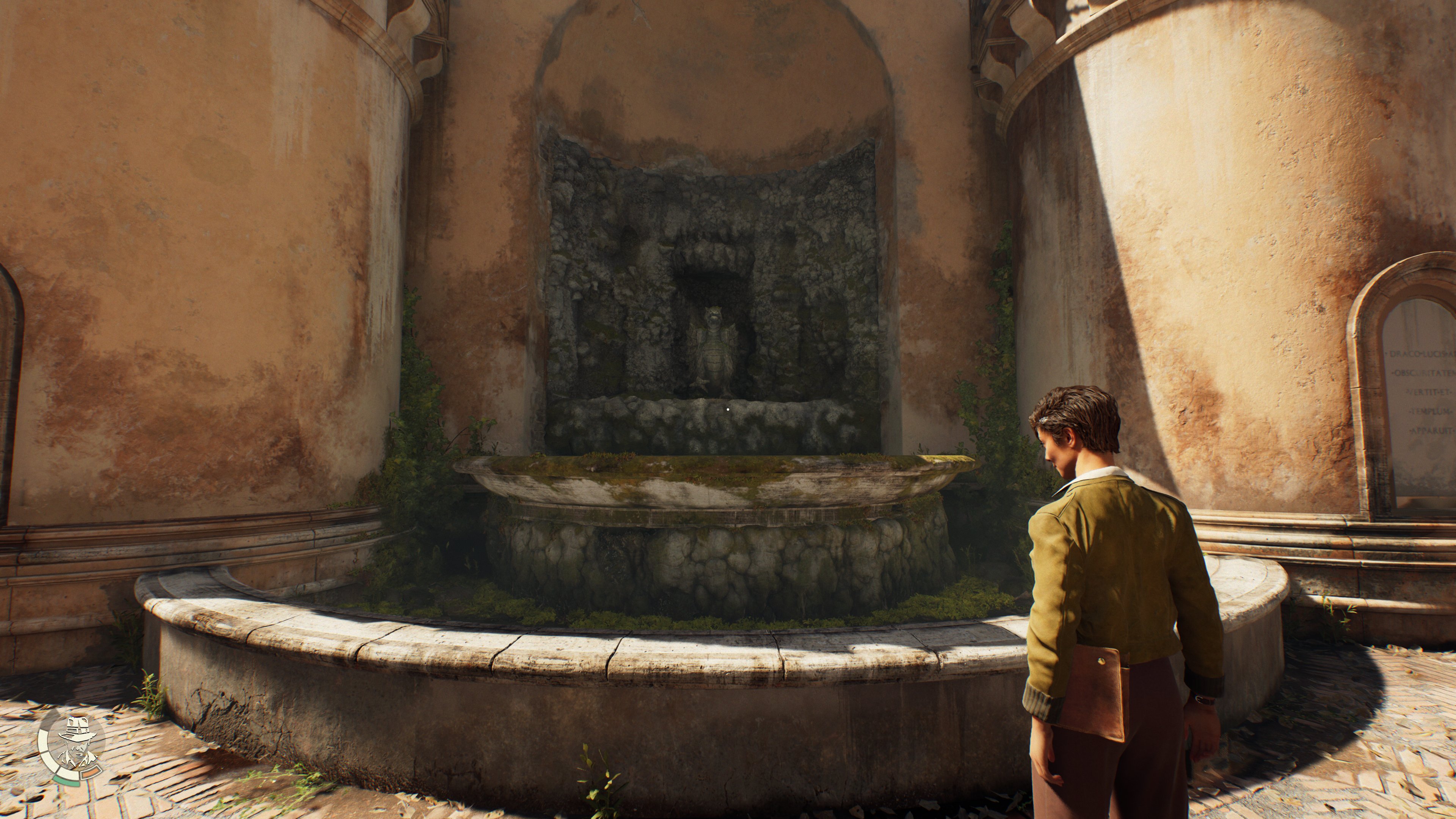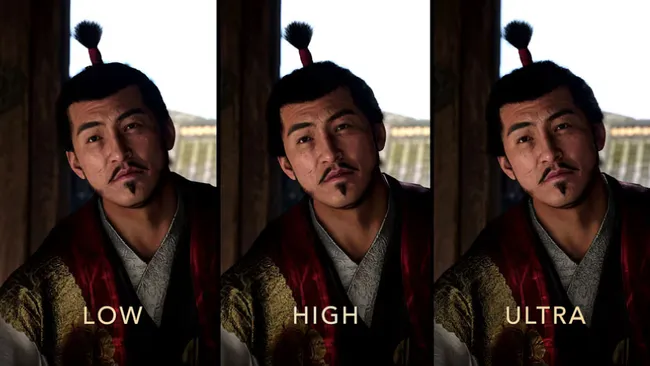Question 2
Danghunk on Reddit "Given the game is using heavily resource demanding features like RTGI and with current-gen console hardware being what it is, what is being done to ensure that the console versions won't be too heavily compromised with regard to image quality in order to accommodate these features? "
Pierre F: That is really a good question from Danghunk! Reaching 60 FPS on a game like Assassin's Creed Shadows while using RTGI would mean sacrificing quite a lot to accommodate for its relatively high cost. Thus, the direction we took for Shadows was to use a hybrid approach.
Anvil, our in-house engine with which AC Shadows is built, has featured an industry-leading baked (offline) global illumination pipeline since AC Unity, and we have kept improving that over every game built since. Unity introduced it, Syndicate added support for dynamic time of day cycles, Origins introduced what we call a sparse GI system to support drastically larger open worlds, and Valhalla added support for multi-state environments, as it was necessary for the settlements. On Shadows, we continued to improve this technology by adding support for the new dynamic seasons - the global illumination of a scene is drastically different if there is a snow cover compared to lush vegetation with colorful flowers blooming - as well as supporting much thinner walls.
The advantage of this proven, yet modernized technology is its relatively low GPU cost. This allowed us to target a 60 FPS experience on Xbox Series X and PS5 that is still impressive, in which we still had room for new gen improvements. For example, it is worth noting that all the vegetation in AC Shadows is physically animated on the GPU based on a dynamic wind system driven by a fluid simulation!
Finally, we didn't want the image in performance mode to be so low resolution that it becomes blurry, and targeting 60 FPS with raytracing on console would have meant we would not have had enough GPU budget to improve other rendering systems.
However, it was clear to us that there are undeniable advantages to raytraced global illumination. First and most importantly is that it adapts to change in the scene. In a game such as Shadows, in which we had strong ambitions with destructible objects and a changing environment, the benefits in image quality of having a global illumination that adapts to the change in the scene are numerous. Furthermore, raytraced global illumination implicitly introduced raytraced ambient occlusion, which adds subtle, yet noticeable details to the image. Furthermore, we are no longer bound to fixed size world space resolutions for our GI, which increases lighting quality details. But, most importantly, we had one game feature that we really want to introduce, the Hideout, that simply could not exist without raytraced global illumination to make it as we wanted it to be.













